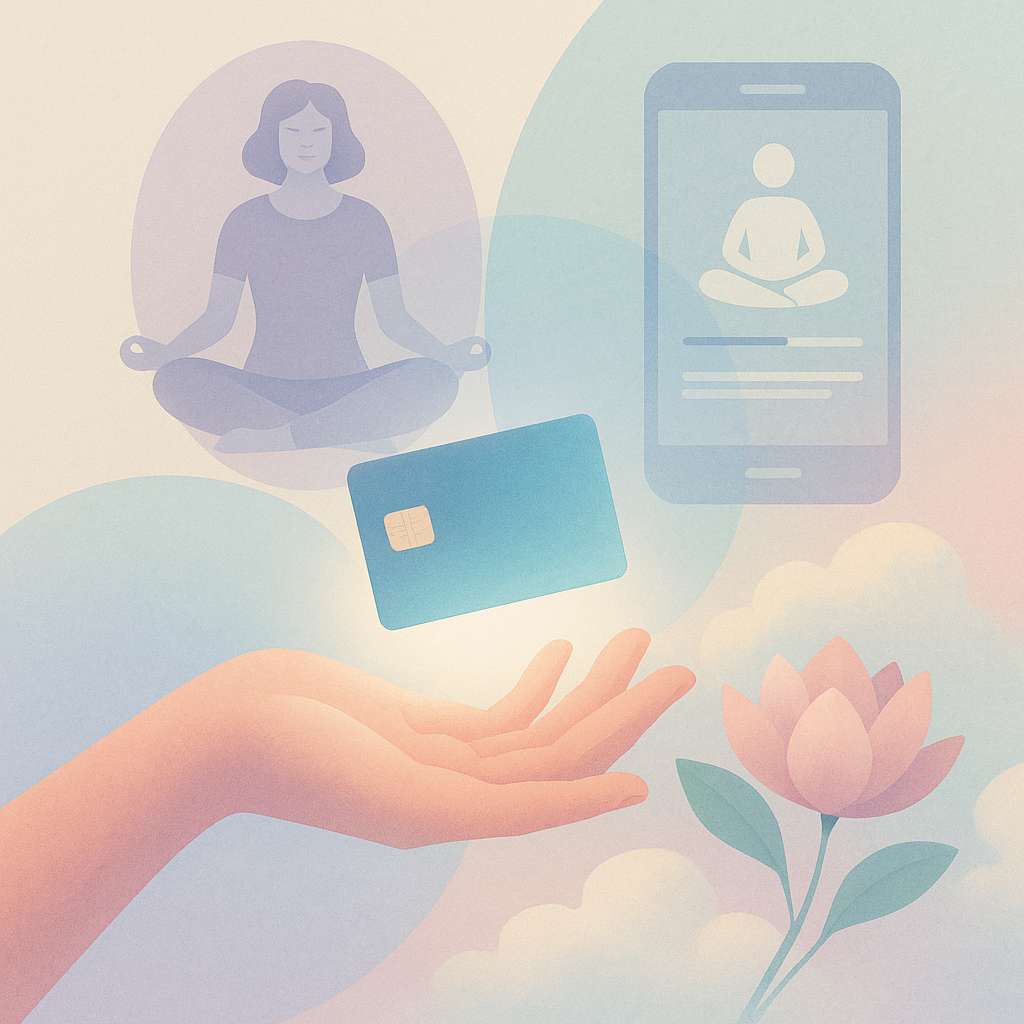In the U.S., credit cards with benefits for mental health are moving from novelty to necessity. These days, it’s not just about cashback or lounge access—cards are offering resources for stress relief, mindfulness, and self-care. From guided meditation to therapy discounts, financial institutions are adapting to a public that sees emotional wellness as a vital need.
This article dives into how this trend is gaining ground, which cards are leading the charge, and what to consider when choosing one. If you value your mind as much as your money, read on—this guide was made for you. You’ll discover real options, practical tips, and insights that could change the way you use your credit card—so don’t miss what comes next.
Wellness goes mainstream in credit card perks

A growing number of credit card companies are embracing emotional well-being as part of their value offering. The KrowdFit Wellness Rewards Mastercard®, for instance, combines traditional cashback with wellness-focused benefits. Users earn 4% on fitness and health purchases, plus get a free Calm subscription for a full year. This move positions emotional care on equal footing with travel and dining.
Similarly, the Marriott Bonvoy® American Express® Card appeals to travelers looking to disconnect and reset. Points can be redeemed for spa treatments or wellness retreats—transforming rewards into real relaxation. These examples show that wellness is no longer a side note, but a core feature.
Real features you can actually use
Most of these benefits revolve around easy access to tools that support a calmer lifestyle. Some cards offer complimentary subscriptions to apps like Headspace or Calm, while others reimburse therapy sessions or mental wellness expenses. In KrowdFit’s case, perks are tied directly to your spending on health-focused services.
These aren’t one-off promotions—they’re ongoing incentives, built into the product experience. But to use them, you often need to register through a partner platform or hit a spending threshold. Still, when used consistently, the perks can translate into hundreds of dollars in self-care benefits over time.
Looking beyond traditional reward systems
If you’re not into travel points or luxury rewards, there’s still space for you in this movement. Consider CareCredit, a healthcare-oriented credit solution accepted by thousands of mental health professionals. It’s not a typical credit card, but it allows financing for therapy or recovery programs when insurance won’t cut it.
This growing focus on wellness perks isn’t just about appealing to trends—it’s responding to real pressure. Surveys show that money remains one of the top causes of anxiety in the U.S. A card that supports mental clarity while keeping your finances organized can feel like a lifeline, not just a tool.
How to choose the card that fits your wellness needs
The best pick depends on how you define self-care. Need mindfulness support? Look for cards that bundle meditation app access. Traveling to disconnect? Go for programs like Marriott’s, where you can use points on restorative getaways. Prefer daily support? Cashback on fitness classes or mental health apps might serve you better.
Don’t just chase trendy perks—check how long the benefits last, how easy they are to activate, and if the card’s fees make sense. A true wellness-oriented card should feel simple to use and align with your lifestyle—not pressure you with fine print or complex reward rules.
Emotional well-being meets smart spending
The rise of credit cards with benefits for mental health shows how financial tools are becoming more personal, empathetic, and holistic. These aren’t just shiny extras—they’re practical features for people who want their money choices to reflect their values.
By choosing a card that supports both your budget and your mental clarity, you’re not just swiping—you’re investing in a better, more balanced life. In a world that’s always on, these benefits help you pause, breathe, and reset—without stepping away from your financial goals.
